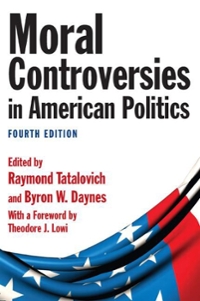Answered step by step
Verified Expert Solution
Question
1 Approved Answer
Cycle number State A State B State C State D 1000 0 0 0 0.721-721 0.202 209 0.087-07 721 202 67 10 0.01067 0.721-520 0.087:48


Step by Step Solution
There are 3 Steps involved in it
Step: 1

Get Instant Access to Expert-Tailored Solutions
See step-by-step solutions with expert insights and AI powered tools for academic success
Step: 2

Step: 3

Ace Your Homework with AI
Get the answers you need in no time with our AI-driven, step-by-step assistance
Get Started


